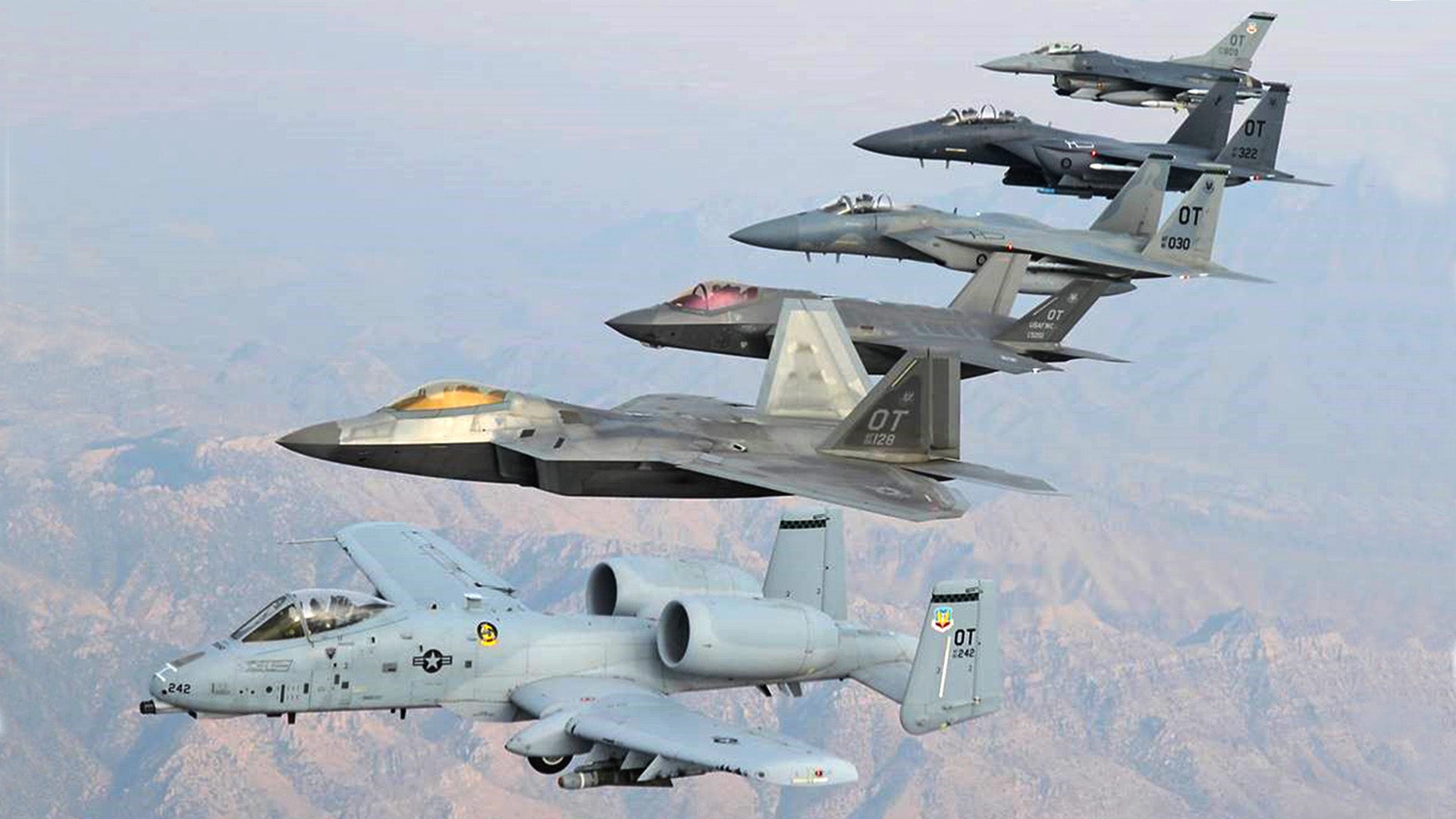Black Flag is a brand new, large-scale, test and evaluation exercise that the U.S. Air Force is betting big on. It forms a central pillar in transforming the way it gets new capabilities into the hands of frontline squadrons as quickly as possible. The War Zone was granted an exclusive interview with the leadership of the 53rd Wing, which is the organization responsible for overseeing this potentially revolutionary new exercise. In our discussion, we came to understand how the USAF will stress test and fully evaluate some of its most advanced technologies and new tactics in a secluded and highly demanding testing scenario that is far more akin to a high-end peer-state air war than a sterilized developmental environment.
Established as a counterpart to the famous Red Flag training and readiness exercise at Nellis Air Force Base, Nevada, Black Flag is a test-driven derivative that is all about pushing the envelope of the latest equipment in similarly realistic and operationally-relevant scenarios. In December, Air Combat Command (ACC) chief General Mark D. Kelly formalized the 53rd Wing’s Large Force Test Events (LFTEs) as Black Flags. Now, this series of events will help to ensure ACC’s latest developments are ready to be plunged into the harshest of combat scenarios.
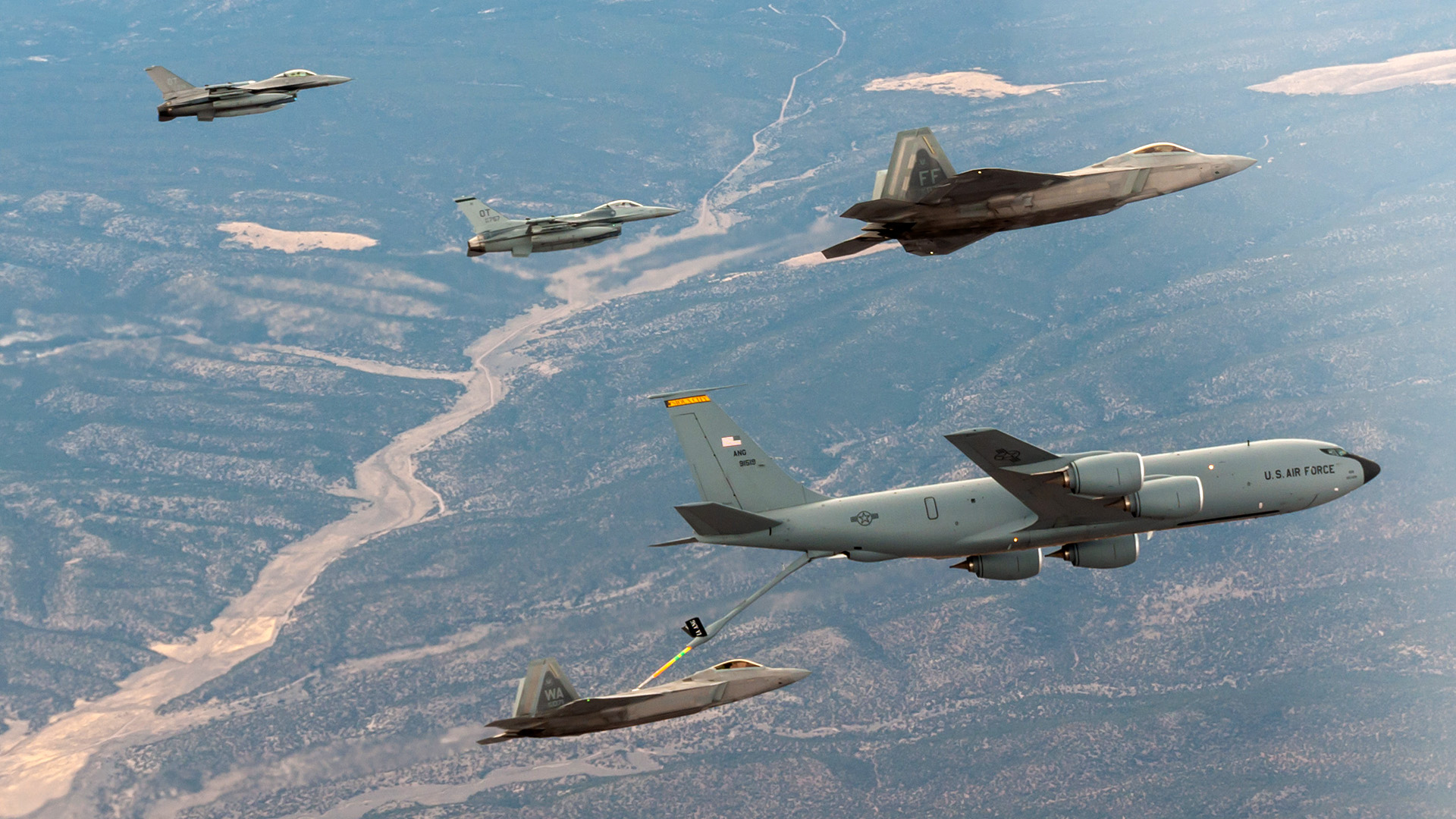
The need for Black Flag
Headquartered at Eglin Air Force Base, Florida, the 53rd Wing is the operational test arm for pretty much everything inside ACC and much of Air Force Global Strike Command (AFGSC). It is therefore responsible for a multitude of critically important assets that are based at several different locations across the United States. Seamless integration between these assets is vital to ensure the maximum combined effect in combat. “Our job is to ensure to the maximum extent possible that we have really wrung out capabilities [in each aircraft], the tactics, and of course the procedures that we give to the operators so that on night one there’s no lesson to be learned other than us completely dominating in the space we operate in during the 21st century,” explains Colonel Ryan “Schmitt” Messer, commander of the 53rd Wing.
According to COMACC (Commander ACC) Plan 21, Black Flag “will enable the Combat Air Force [CAF] to 1) innovate through deep-end test integration to discover new capabilities and synergies of fighter, bomber, ISR [Intelligence, Surveillance and Reconnaissance], and classified programs that create multiple dilemmas for the adversary, 2) satisfy AFI/AFMAN [Air Force Instruction/Air Force Manual] testing mandates, 3) add relevancy and accountability to ACC Weapons and Tactics Conference (WEPTAC), 4) foster a culture of Test Like We Fight that compliments Train Like We Fight, and 5) produce strategic impacts for Joint All-Domain Operations [JADO] and the NDS [National Defense Strategy].”
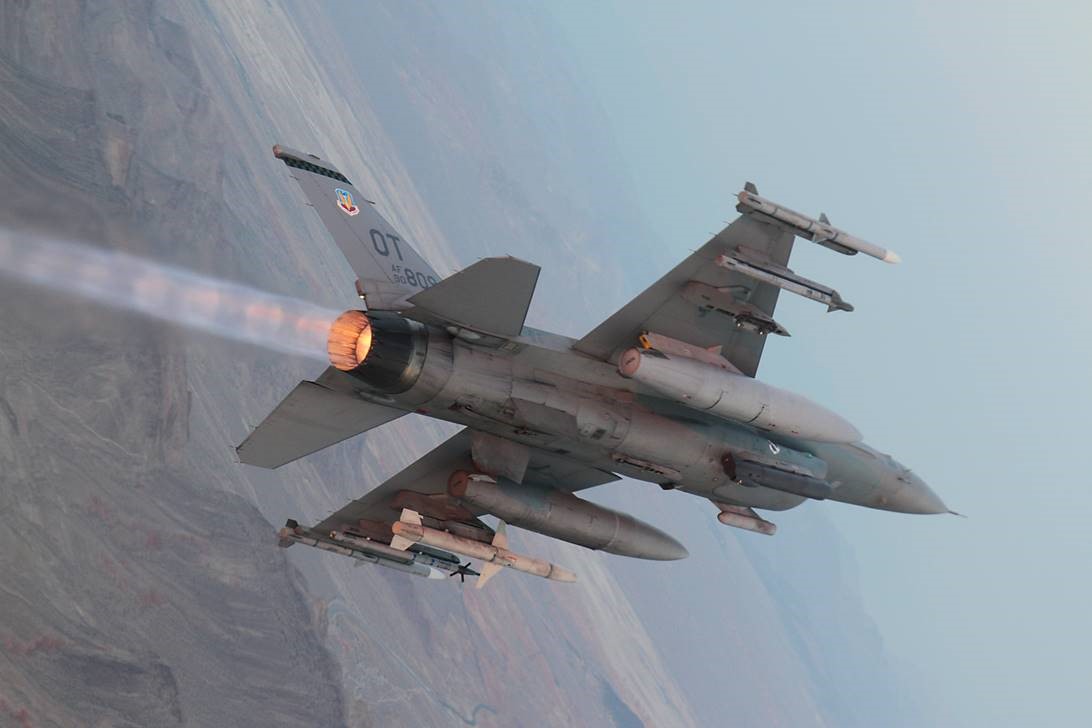
ACC’s annual Weapons and Tactics Conference (WEPTAC) is a key driver for critical Tactics Improvement Proposals (TIPs) that are designed to make significant differences to the way squadrons approach their operations. TIPs are not about introducing new hardware or software on their own, they are more about using what is already available to its maximum potential and ensuring that everything will work in a combat environment when many other assets work alongside each other, including new and cutting-edge ones. These TIPs are a huge part of the thinking behind Black Flag, with the event being part of a new approach to get valuable new tactics to squadrons much faster.
The Black Flag concept is not totally new — the operational test (OT) community has long been tasked with evaluating platforms and systems in a realistic, mass-force environment. “While the Black Flag concept itself was not new, the way we approached it was different,” explains Col Messer. “We wanted to create a venue by which we could create an integrated method and event where we could actually test the way that we plan to fight. Testing a specific weapons system or integrating just fighter aircraft together but not including all the other entities, although good, falls well short of what is required on night one,” says Messer.
The 53rd Wing proved the effectiveness of the Black Flag concept through recent LFTEs in August and November 2020. “When it came to branding, LFTE doesn’t really roll off the tongue very well, and we knew we needed to make this a Flag-level event. This reflects the amount of resourcing that’s required, the level of integration, the number of aircraft, which is of the same order of magnitude as a Red Flag. The idea of a Flag-level event for operational testing dates back to the mid-2000s and Operation Iraqi Freedom, and that was originally going to be named Black Flag. So we are in fact building on the legacy of those who previously tried to get this approved.”
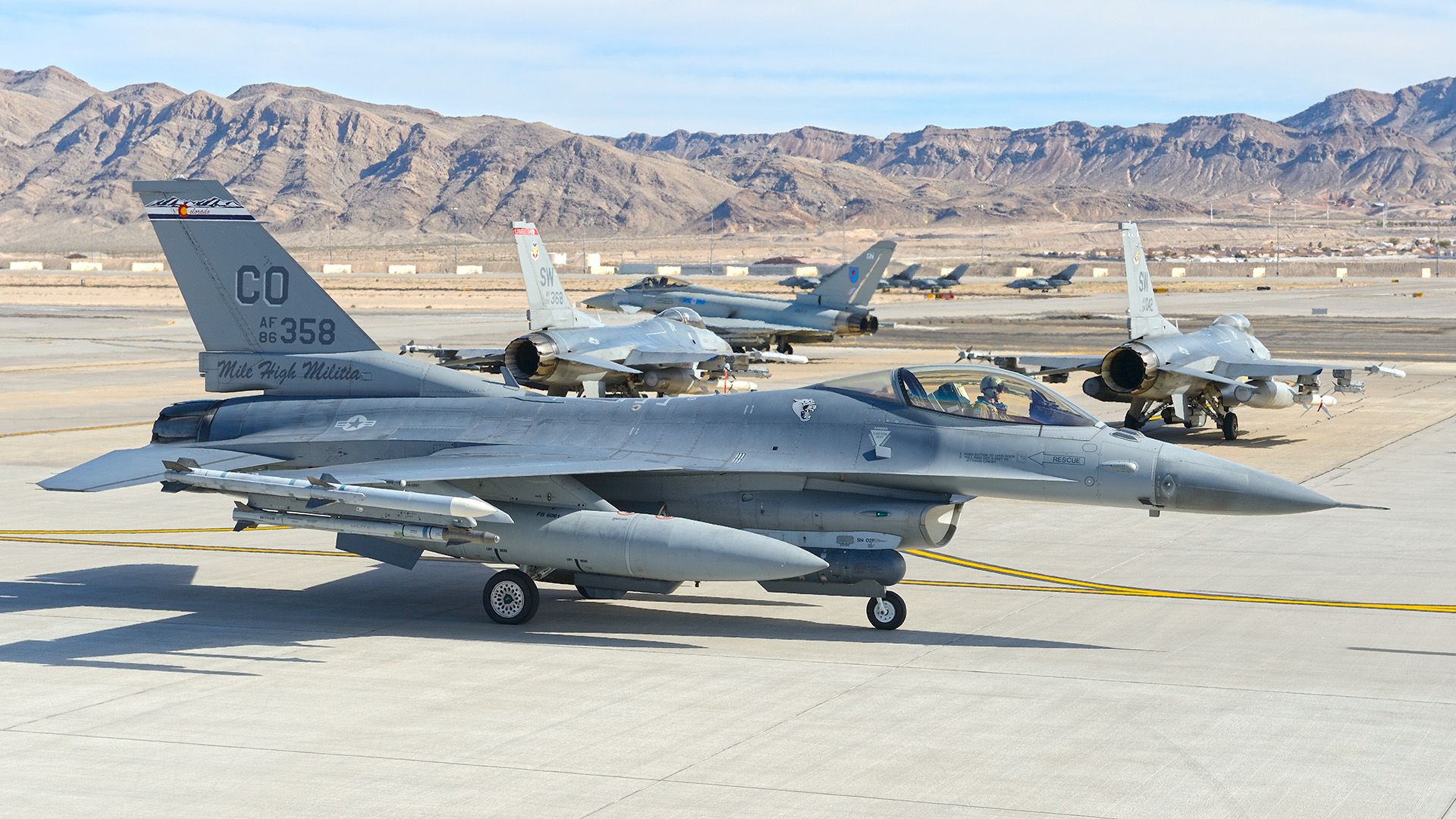
“Red Flag was designed to get folks into combat so that they can survive their first several missions. Black Flag provides an environment for integrated test with the maximum amount of participation available from not only the USAF, but also as it expands from our joint test partners where we are fully testing not only the materiel, but also the non-materiel solutions in the highest-threat environment so our warfighters are as prepared as possible.”
A higher echelon of flight-test
“Black Flag is ultimately a deep-end testing arena to create and discover capabilities utilizing existing and emerging materiel,” says Lt Col Mike “Pako” Benitez, the 53rd Wing’s Director of Staff and lead project officer for the new exercise. Black Flag sits in a triad of new test-focused Large Force Exercises, or LFEs. “We call it the test Flag enterprise,” explains Lt Col Benitez. “These are Black, Orange, and Emerald Flags. Orange Flag has been around since 2017 and is run out of Edwards AFB, California, and is dedicated to developmental tests with “blue patch” test pilots working together in large force scenarios. Emerald Flag started in December and is run out of Eglin and it combines developmental and operational testing, and that is multi-domain and a playground for other systems from the likes of DARPA [Defense Advanced Research Projects Agency], and experimentation from contractors.” Black Flag can either stand alone or work in conjunction with its other test Flag counterparts.
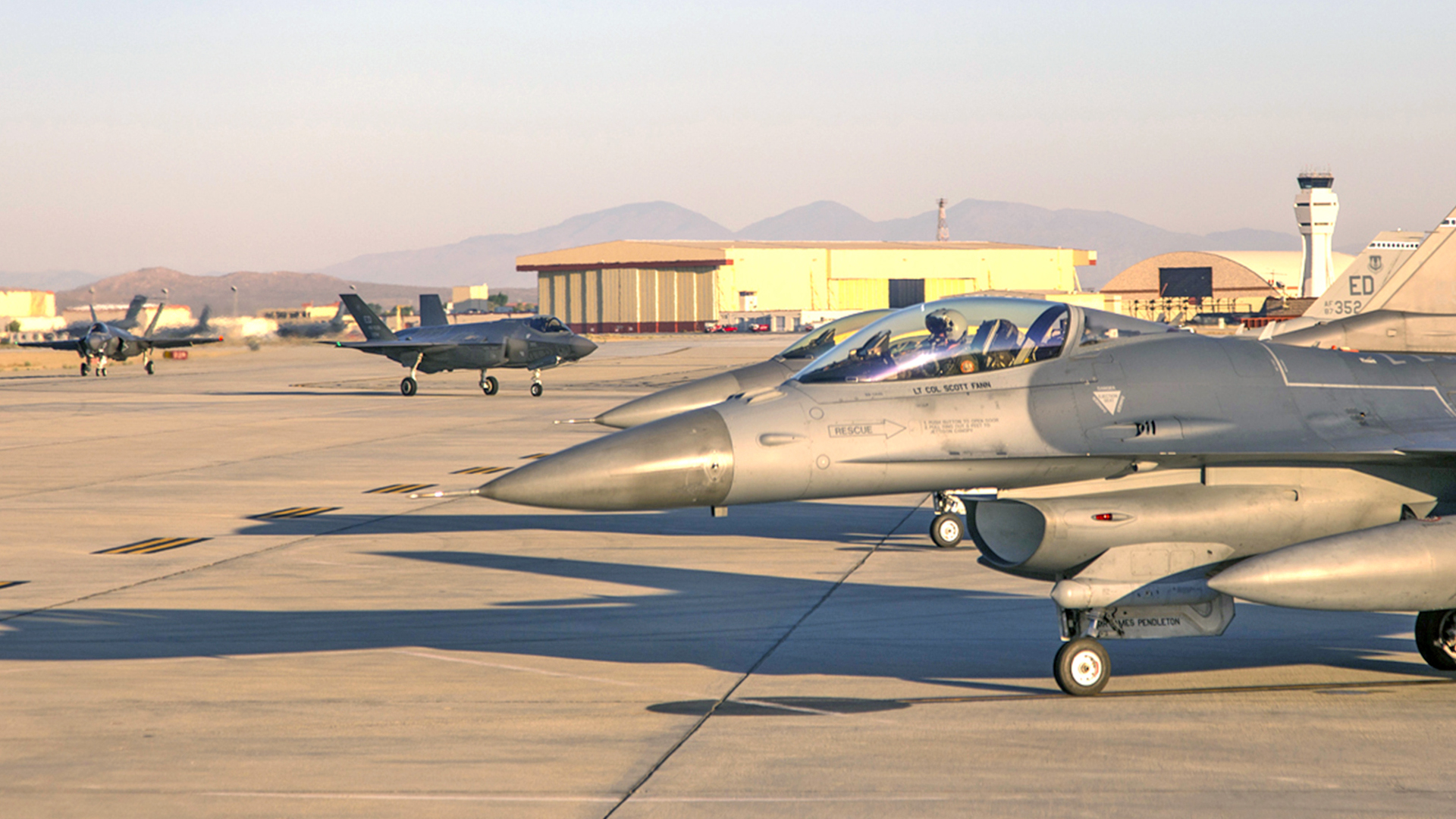
New programs have a rigorous set of tests and evaluations that they must complete in order to qualify for delivery to the front line. “To use an American football analogy, what we do on a day-to-day basis at the 53rd Wing’s individual units is the basic blocking and tackling for individual MDS [Mission Design Series, aircraft] of wringing out the systems and the associated tactics for that particular weapon system to either fix or upgrade,” explains Col Messer. “We then scrimmage in a Black Banner, Skull War, or Bat War, which are localized events where we bring entities within the wing together — that’s where we start to do a little more integration. Black Flag is like the Super Bowl.”
“We have discovered that we often think we know everything about individual platforms and that new things are ready to go. But when we integrate into an LFTE we discover new things — issues we didn’t know existed because we hadn’t integrated with another platform until that point. So, a Black Flag allows us to really flex our muscles and include deep data-driven analysis to judge how we performed. This is extremely informative for our senior leaders. We can clearly show them what we did, what we learned, and back it all up with data and analysis that can then inform plans for the future.”
Black Flag is primarily run on the Nevada Test and Training Range (NTTR), which is adjacent to Nellis AFB. It offers the chance to plug into the incredible diversity of assets that are based here, as well as the full suite of Foreign Materiel Exploitation (FME) assets (foreign weapons) available in the NTTR. However, some joint events with Orange Flag, for example, have been flown in the R-2508 range complex near Edwards.
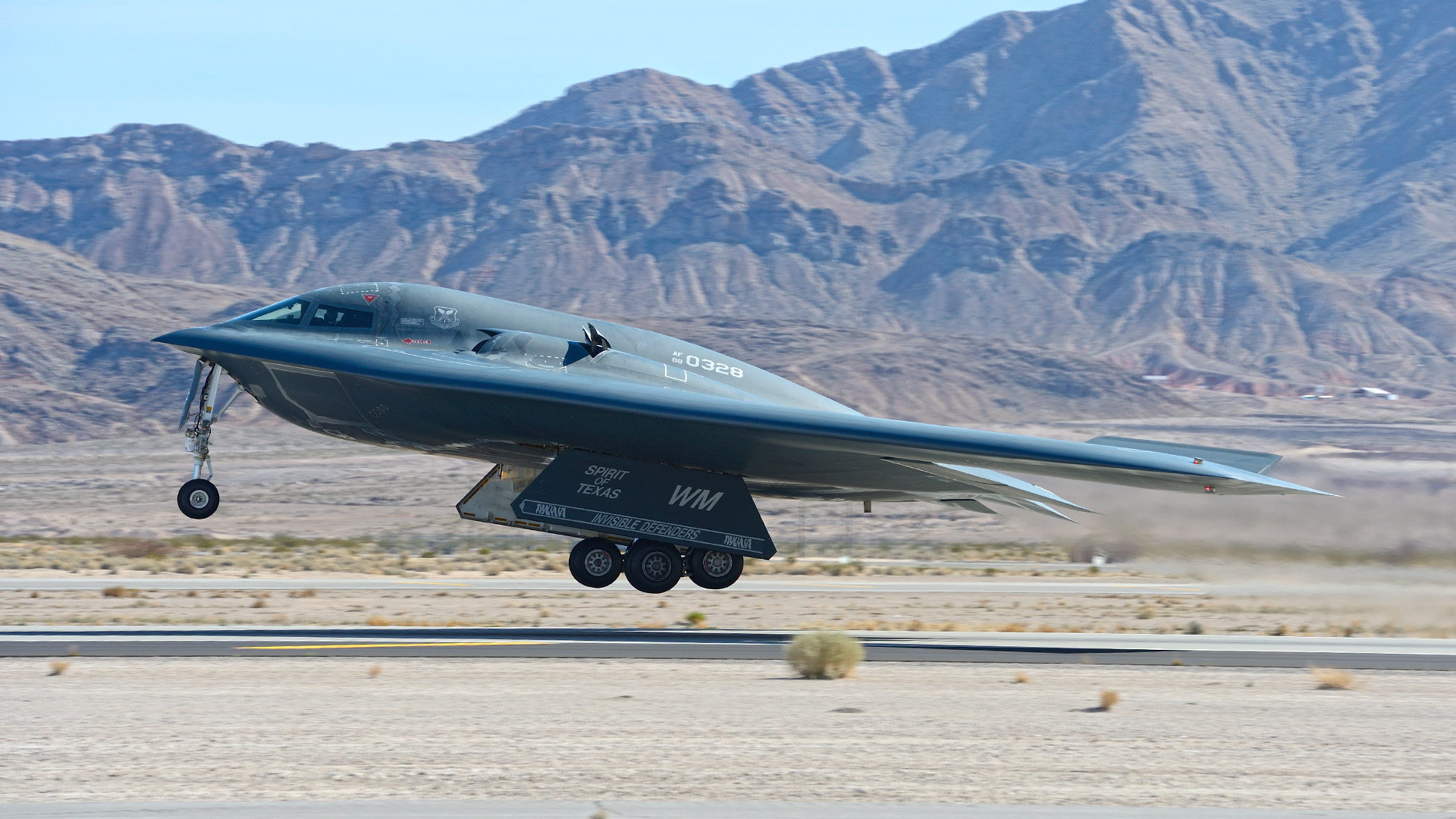
Working for TIPs
“The 2020 LFTEs were about getting after the Tactics Improvement Proposals [TIPs] pushed out by senior leaders after WEPTAC. In the August event we primarily looked at how we help low-observable [LO] assets like the B-2 Spirit ingress and execute a deep strike on an adversary target,” says Major Theodore “CINC” Ellis, the 53rd Wing Weapons Officer, as he explains details of the two publicized LFTEs of 2020. Significantly, this event also teamed the B-2 and F-35 with the RQ-170 Sentinel stealth drone from the service’s top-secret 44th Reconnaissance Squadron, which The War Zone was first to report on in detail.
“The November event focused on Destructive of Enemy Air Defense [DEAD], how we sustain air dominance from a ground perspective to make sure all of our aircraft, including types such as tankers, have the security to make sure we can go in, knock down doors and be successful.”
Ellis notes that this event included an EC-130H Compass Call as well as a pair of F-15E Strike Eagles upgraded with the new Eagle Passive/Active Warning and Survivability System (EPAWSS). “This system is still in the developmental phase, but it’s fairly mature. F-15E aircrews from the 53rd Wing that flew in the LFTE with EPAWSS were really impressed with how well it’s doing. They were actually able to use some of the electromagnetic features it has for geolocation as well as some electronic attack during the LFTE missions. This is a great example of Development Test working with emerging tactics, using a high-density, high-threat environment to really stress the system. This event had all kinds of threats online.”
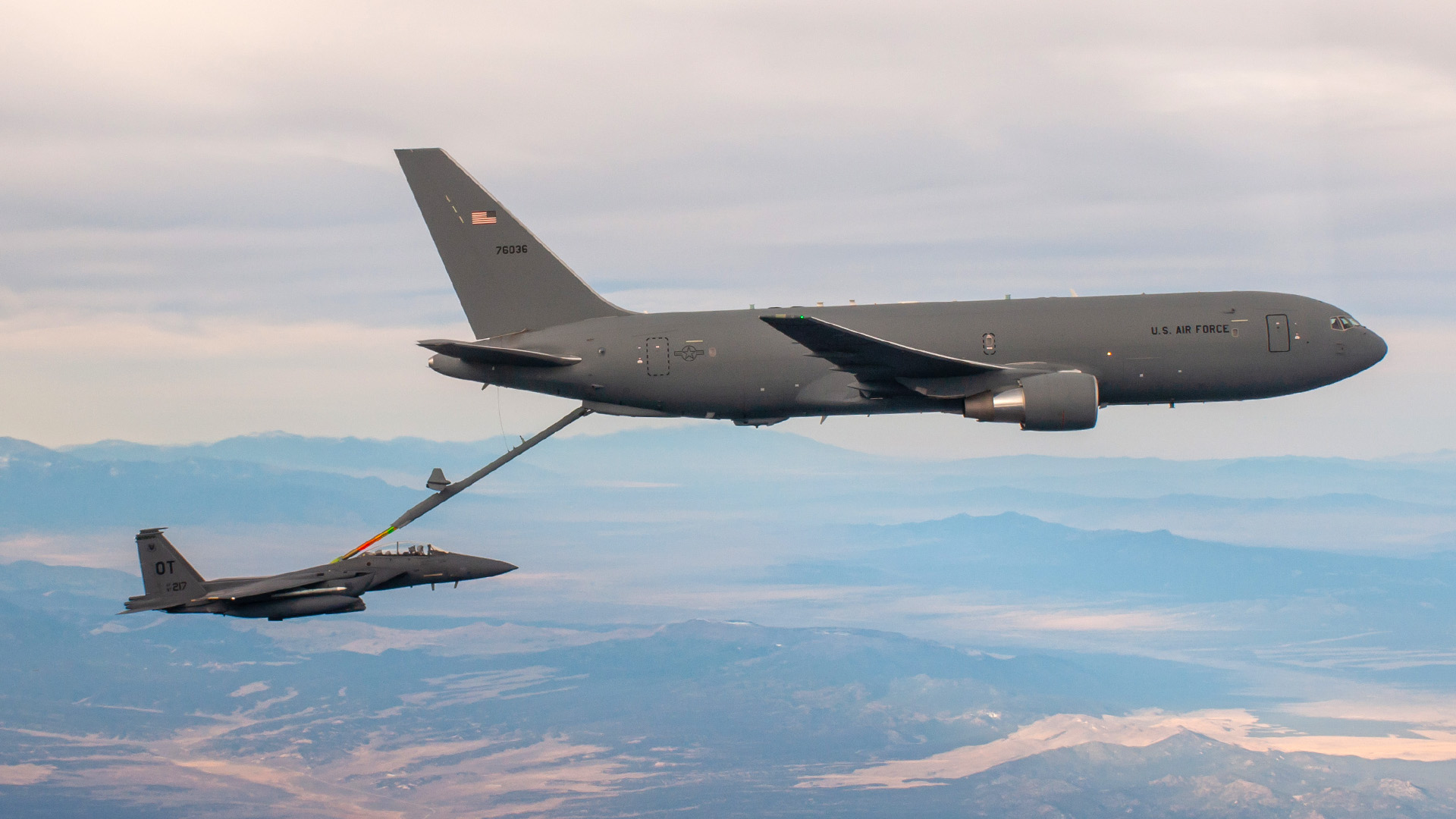
“We conducted one additional [LFTE] event in the September-October timeframe in conjunction with Orange Flag 20-2,” Ellis adds. “That was primarily focused on U.S. Joint and Coalition partnerships to ensure our systems worked together. We let the DT guys gather their data, then the following week we had a Black Flag look on it. We were supposed to have Australian F-35s with us, but they could not participate because of COVID travel restrictions. But it underlines how the test Flags are designed to work in a joint or coalition environment.”
Delivering on WEPTAC
Held annually in January at Nellis and hosted by the resident Air Force Warfare Center, WEPTAC is a two-week conference led by ACC that is designed as a forum to discuss TIPs — a set of non-materiel solutions that will be focused on over the following year. It’s where senior leaders have a chance to hear from those on the front line about critical issues.
“Broadly, the first week is geared towards working group development and the second is when senior leaders out-brief on what the groups have been working on,” says Messer. “It’s a chance to look at hard problems that folks are facing in the various combatant commands and bring some of the best minds together to try and come up with how solutions might look. We don’t always arrive at a fix, but we will decide on potential courses of action to test and develop.”
“Some of the main challenges we faced with WEPTAC was that we had lots of different suggestions that were very aircraft-type focused and not fully integrated. More importantly, it wasn’t resourced properly. Each year when we discussed the top 20 TIPs we should focus on, we would form a prioritized list, but it wasn’t resourced, which meant we couldn’t really get after it.”
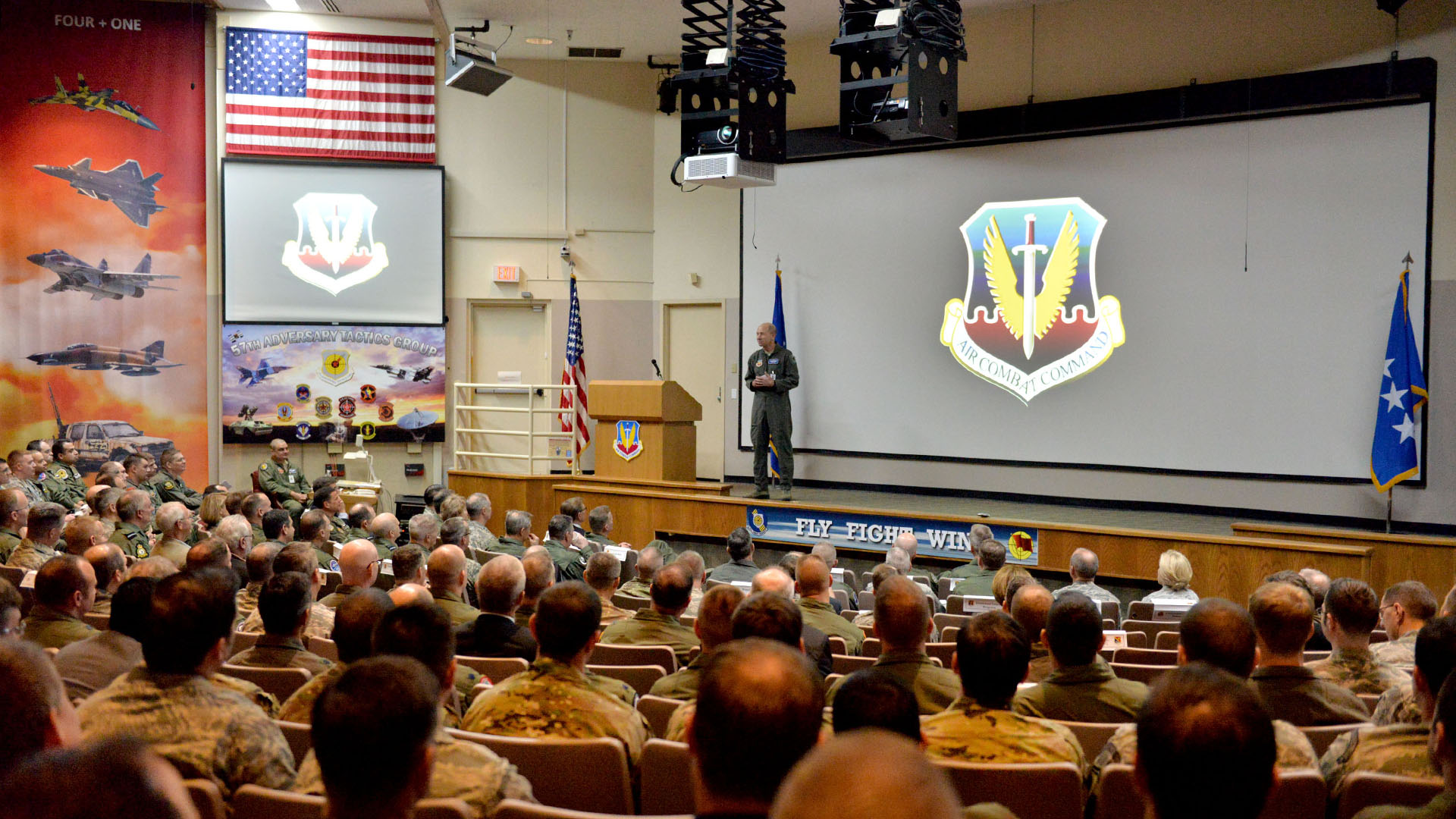
“The big change for the 2020 event was that we bought a new team to WEPTAC. Our resource and test management folks looked at the TIPs to put a price tag on what each would most likely cost. It meant that our top 15 TIPs that were agreed by the four-star generals were actually resourced by ACC and the other MAJCOMs [Major Commands]. Despite the impact of COVID, we have been able to execute 12 of those 15 TIPs during 2020. That’s phenomenal in any year.”
The 2020 TIP list included fifth-generation fighter Suppression of Enemy Air Defenses (SEAD) support to maximize the effectiveness of B-2 Spirit operations, and B-2 low-observable ingress tactics, AGM-158C Long-Range Anti-Ship Missile (LRASM) integration between the B-1B and F/A-18E/F Super Hornet, F-16 cruise missile defense with the AGR-20 Advanced Precision Kill Weapon System (APKWS), and F-35 fourth and fifth-generation, joint, and coalition SEAD.
“The addition of Black Flag allows us to plan ahead of time. We now have established venues that we can plug these TIPs into, which means we don’t have to wait for resourcing before we can execute. All that deconfliction can be done ahead of time and it allows more long-term planning and thereby streamlines throughput of the TIPs,” Messer explains.

Maj Ellis adds: “TIPs drive how I build the scenarios. We took the top 15 from WEPTAC in January 2020 and looked at ACC priorities and how we could get after those in an integrated environment, structuring it to be operationally relevant and tactically focused to test like we fight. The Weapons School here at Nellis is training-driven with specific desired learning objectives, and we can use Black Flag to ensure the latest WIC [Weapons Instructor Course] graduates — the most tactical guys and gals that we have — go back to their squadrons with the latest data.”
Black Flag is an indicator of big changes
Black Flag is part of the broad initiative to expedite the fielding of new equipment and tactics. “Historically, tactics development is a linear process that can take three to four years,” explains Lt Col Benitez. “This year, with these changes, we’ve been able to cut that down to about 15 months from concept to combat. As our software updates start hatching faster, we now have a venue that’s resourced so that we can develop multiple on-ramps for opportunities to test new software and how it applies to a weapons system, as well as how it can amplify the combat capability of an entire package.”
This acceleration is forcing changes in the way the USAF documents and issues instructions to the CAF. “We hope that Black Flag will change the paradigm of how we write and update the “three-dash-one” [3-1] tactics manual,” says Lt Col Benitez. “As we move to rapid test and rapid integration with agile software in the aircraft and Black Flag uncovering new ways to use it, rewriting a paper manual every couple of years is going to lag behind the fight. We will be developing tactics faster than we can publish them, so the way that we publish them will have to change.”
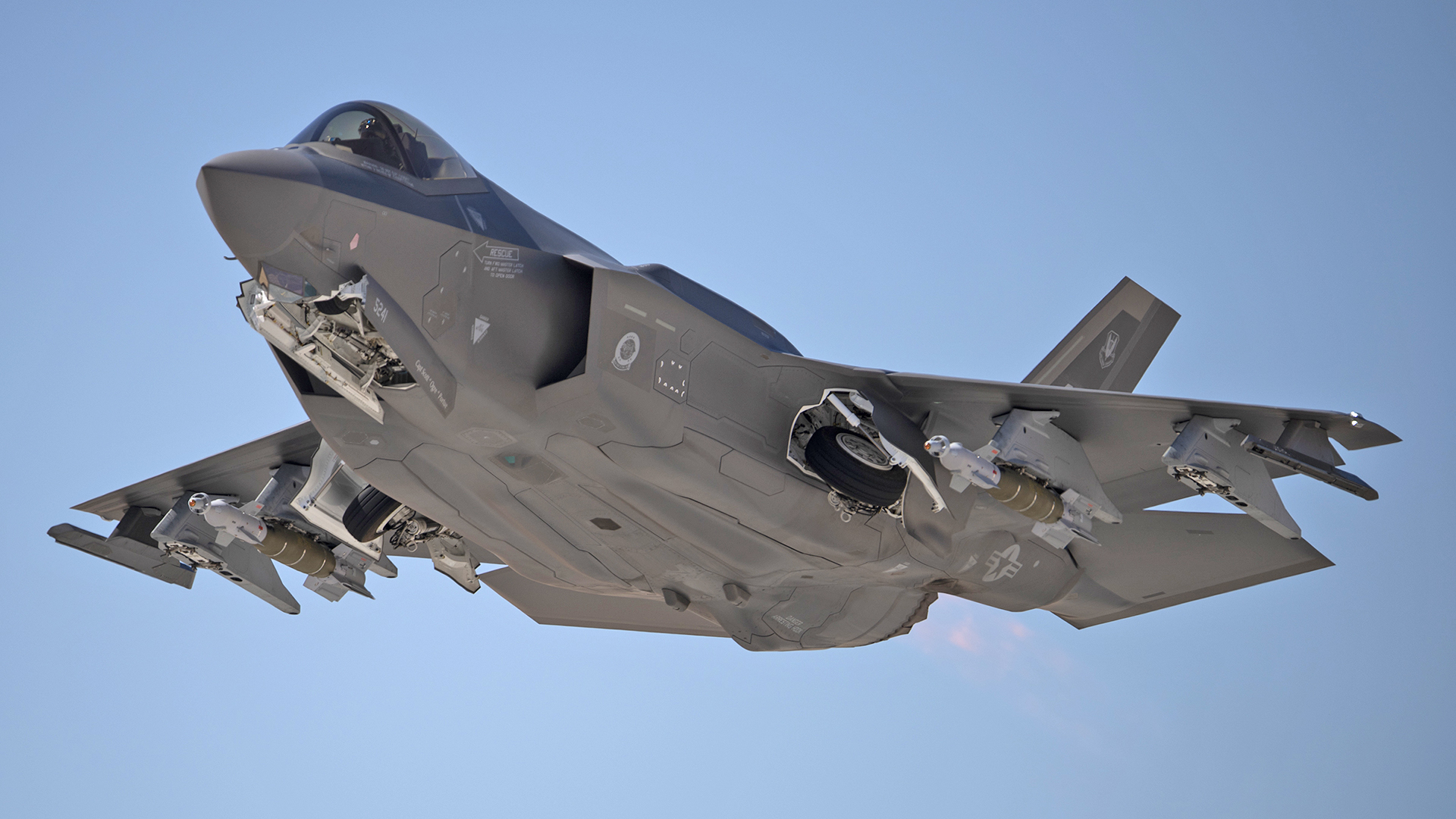
Black Flag has already been used to test and endorse specific elements of the tactics manual, as Maj Ellis adds. “In August we looked at specific F-35 data and an example that said with a four-ship of F-35s they needed to be in X formation to achieve Y effect. They had never actually gone out to test the limits in a full-up environment. Black Flag said: “Well, your 3-1 says this, let’s actually do it.” We looked at what are the actual limits. We tried different formations and evaluated if they needed to be that specific to make it work.”
Looking at the schedule for 2021, Maj Ellis says: “The first Orange Flag and Black Banner combined event came about because our objectives align fairly well. We will be primarily looking at LO aircraft once again and how we can test counter-air tactics against them.” The diary calls for two Black Flag level events per year plus two “usually smaller” Black Banners, based on resourcing and scheduling.
Meanwhile, the 53rd Wing is reorganizing some of its units to embrace the more agile approach to operational testing across its broad remit. It is combining its previously separate Test Evaluation Groups (TEGs) and Test Management Groups (TMGs). At Nellis, the 53rd TEG will focus on test management and execution for all fighter, remotely piloted aircraft, and rescue types that come under ACC. The 53rd Test Management Group at Eglin will become the 753rd TEG that is focused on AFGSC to cover the test and management of all bomber assets. This will include the 31st Test and Evaluation Squadron, which will focus on the Northrop Grumman B-21 Raider program.
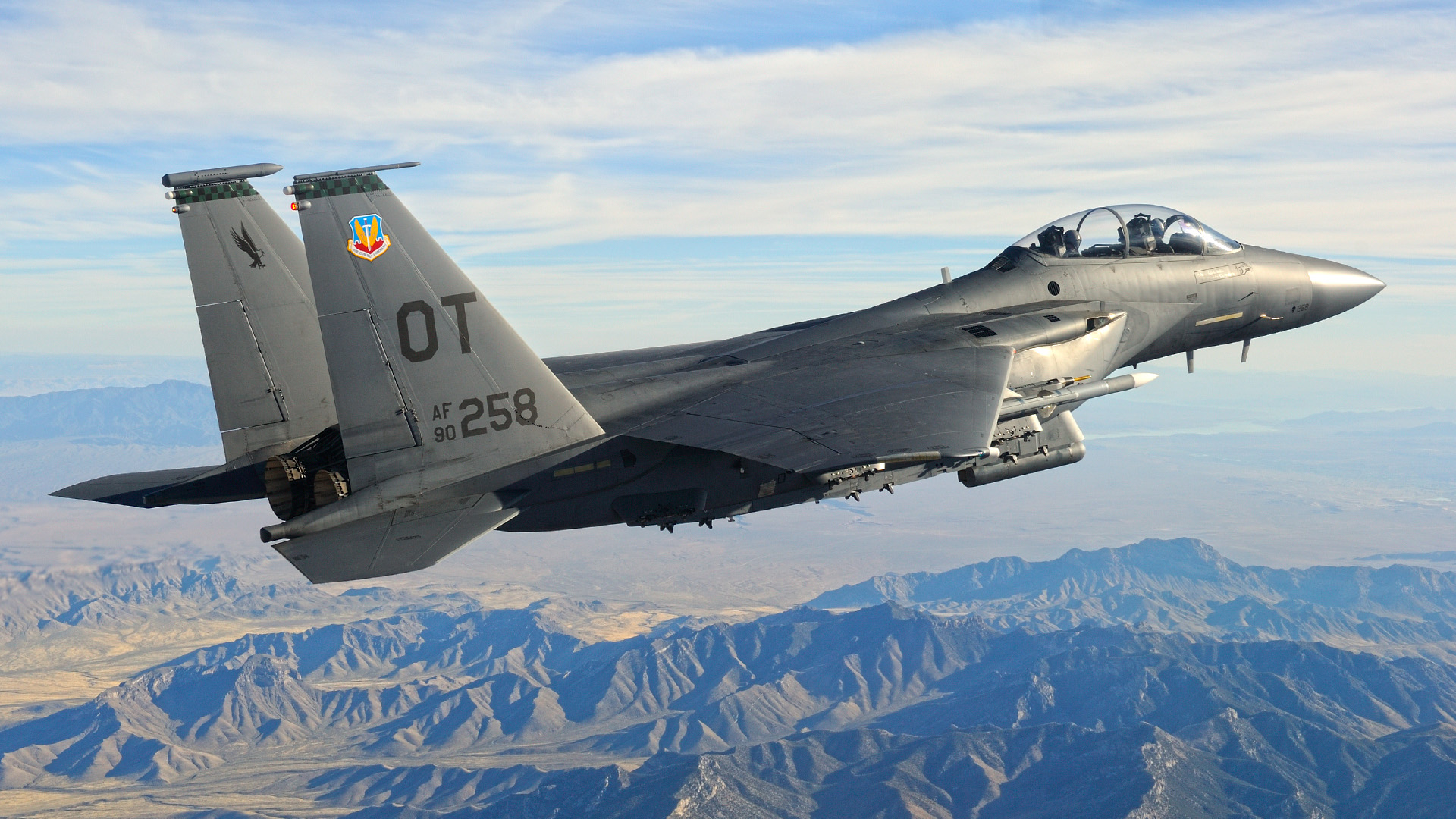
The coming months will also see further clear examples of how the 53rd Wing is moving to truly combined development and operational testing. “We plan to roll out the first F-15EX here at Eglin and then hope to be able to take the USAF’s brand new Eagle to Exercise Northern Edge in Alaska in May for operational testing,” reveals Col Messer. Northern Edge is designed to replicate the most challenging Indo-Pacific theater scenarios, and pairs training with the ability to stress-test emerging capabilities. “That will be a brand-new asset that will immediately be taking part in a Large Force Exercise. This is planned to have a large test footprint that is inserted into an Indo-Pacific Command exercise, and we will fly in certain missions.”
Northern Edge serves as a further example of how the 53rd Wing is going much further than just evaluating a specific type or piece of equipment in the constraints of its typical daily environment. Modern-day USAF operational tests are pushing the limits much further. It is looking at a far more diverse and integrated environment, whilst also accelerating the overall process.
These moves are critical in keeping the USAF on the leading edge when it comes to the great power competition with China. Fielding new tactics and technologies in an increasingly agile manner, while also ensuring integrity and lethality, has become an absolutely necessary proposition. With all this in mind, from henceforth, Black Flag will provide an arena where the latest and greatest capabilities, both disclosed and classified, that the USAF’s combat forces have to offer will be put to the ultimate non-combat test.
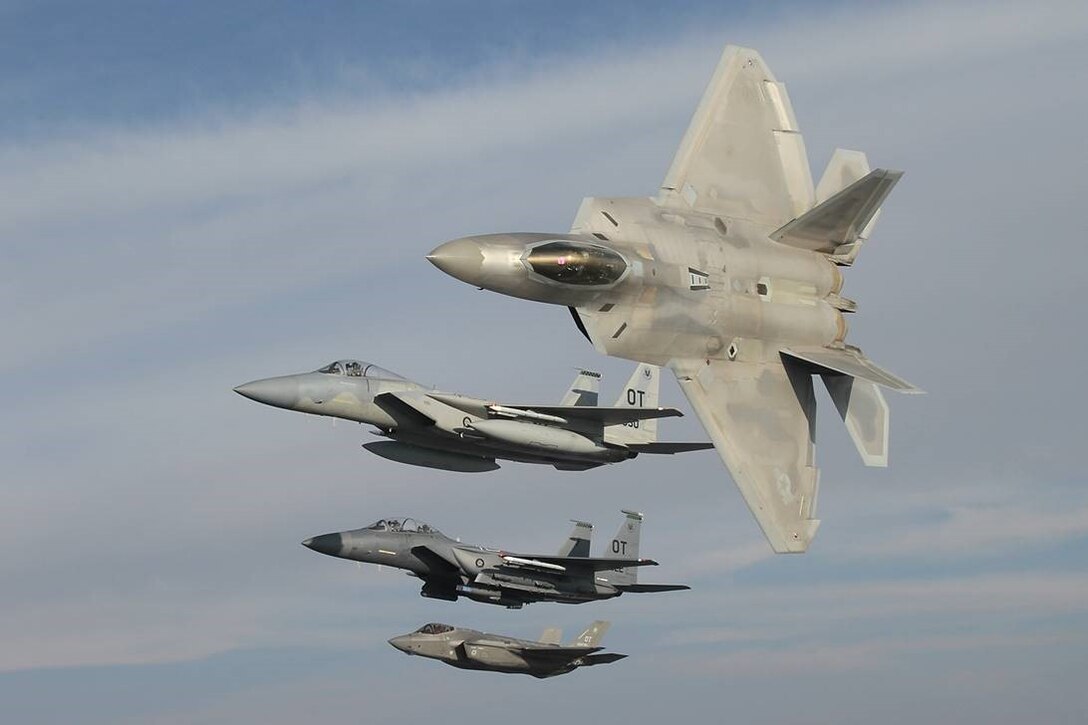
Contact the editor: Tyler@thedrive.com
